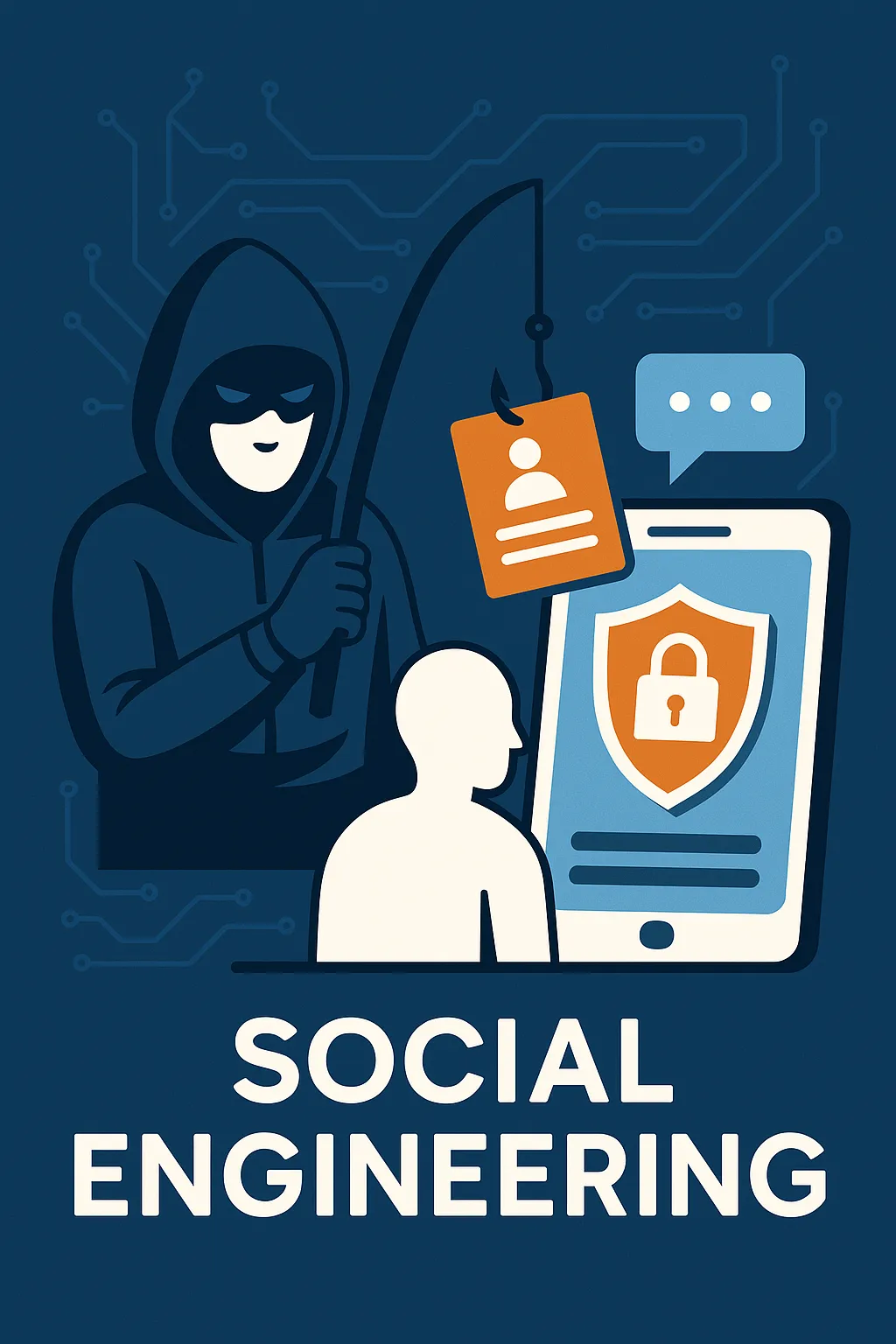Social engineering exploits more than just software vulnerabilities—it targets human psychology. In this detailed guide, we delve into what social engineering is, its various forms, and how you can protect yourself from becoming a victim of these sophisticated cyber attacks.
Understanding Social Engineering
Social engineering is a method of gaining confidential information, access, or unauthorized actions through psychological manipulation of people. Unlike traditional hacking, which often focuses on software or network vulnerabilities, social engineering involves tricking individuals into breaking normal security procedures.
Recent incidents, such as the attack on XZ/liblzma, reveal how social engineers operate by embedding themselves into what appears to be routine communications (OpenJS Foundation).
Phishing: A Common Social Engineering Technique
Phishing is one of the most well-known forms of social engineering. It typically involves sending fraudulent emails that appear to come from reputable sources with the goal of stealing sensitive data like credit card numbers or login information.
A detailed analysis of phishing scams in Australia illustrated how scammers effectively impersonate banks to steal savings (Apple News).
The Psychological Play
Social engineering thrives on basic human tendencies—the desire to be helpful, the fear of getting into trouble, and the trust in authority are just a few. Understanding the psychological aspects behind these attacks is crucial for defense (The Hacker News).
Examples of Social Engineering Attacks
From bogus IRS emails during tax season to fake IT admins asking for passwords, the scenarios are endless and constantly evolving.
Combating Social Engineering
Knowledge and constant vigilance are key in combating social engineering. Encouraging a culture of skepticism and double-checking information can drastically reduce the risk of falling for these scams. It's also essential for organizations to implement robust training programs that help employees recognize and report potential social engineering attempts.
Regarding disinformation, another layer of social engineering, security teams must be proactive. This involves not just identifying and mitigating risks but also educating the public about the signs of disinformation (Apple News).
Takeaway
The best defense against social engineering is awareness. By understanding the tactics used by social engineers and fostering an environment of questioning and verification, both individuals and organizations can significantly reduce their cybersecurity risk.
